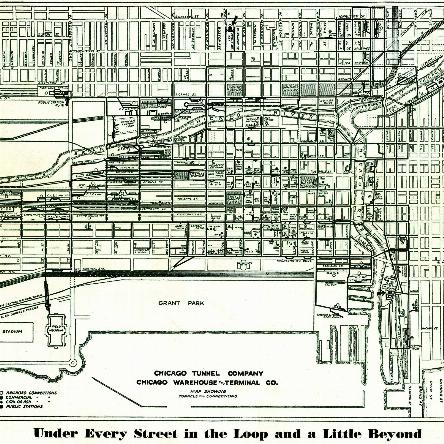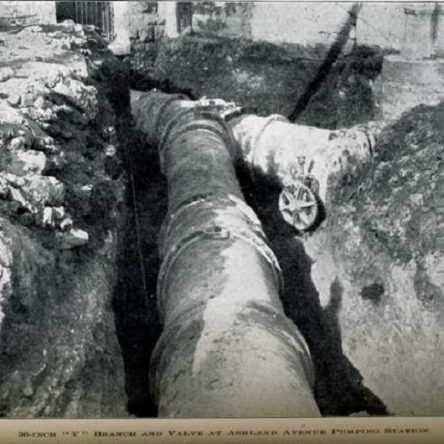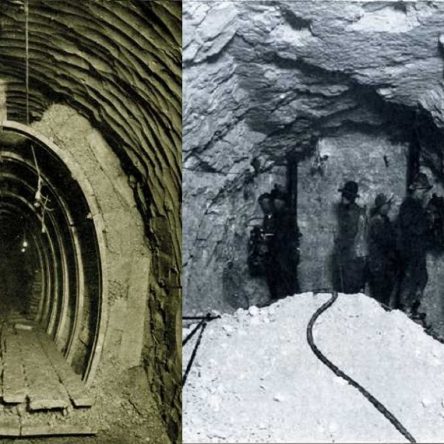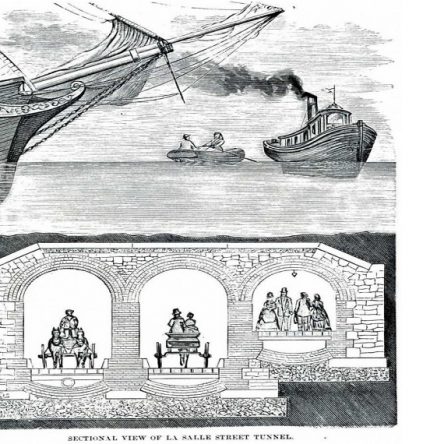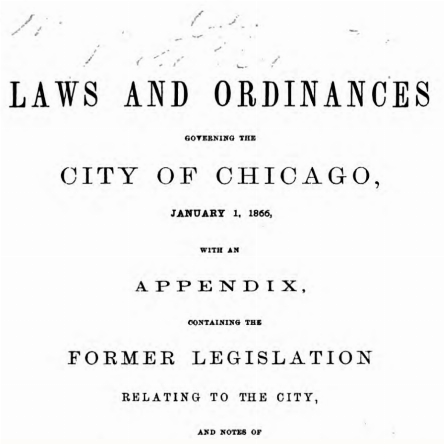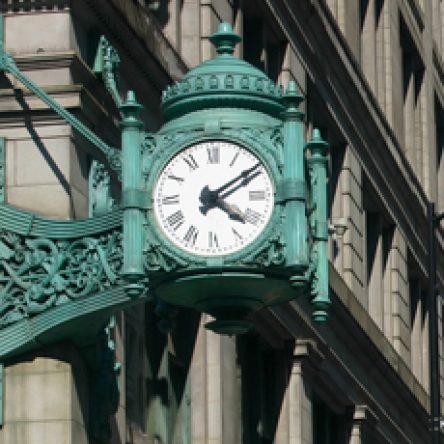A series of posts describing Chicago’s underground networks. Previous: Railroads Gas mains and pipes: About 4,500 miles—mainly small diameter. The system started in the 1840s and is being continually upgraded. People’s Gas was chartered in 1849 by the state and does not pay Chicago a franchise fee. The other utilities either pay a franchise fee…
CTA Subways, Freight Tunnels, Street Car Tunnels: Underground Chicago
Part of a series on underground Chicago. Previous: Sewers and Water Subway Tunnels: 11.4 miles CTA’s rapid transit system has two lines in tunnels underneath the central area. The Blue line is also underground between Logan Square and Belmont and at O’Hare. Small portions of the system are underground elsewhere. One unique structure on…
Sewers and Water: Underground Chicago
Previous: Tunneling methods The next few posts will describe Chicago’s major underground networks. We will start with most important and least appreciated—sewers and water. Deep Tunnel: Planned 193 miles in Cook County. 300-350 feet down in limestone bedrock, up to 53 feet in diameter. Built late 20th century. Although largely unseen, the Deep Tunnel is…
Tunneling Methods: Underground Chicago
Previous: Early Tunnels Tunneling is generally performed by either boring or the open cut method. Bored tunnels are cut entirely underground. Chicago’s early tunnels used this method. Workers chopped away the clay by hand. Deeper tunnels in the limestone bedrock were drilled and blasted with explosives. Modern tunnels also use boring machines. The open cut…
Early Tunnels: Underground Chicago
People rarely think much about what is under their feet, yet much of what makes a modern city livable is hidden underground. This impressive underground infrastructure includes water to drink and bathe in, sewers to take away smelly and unhealthy waste, gas to heat our houses, electricity to light and cool us, and telecommunications to keep…
Chicago Municipal Code: How to Find and Research Historical Codes
Spoiler alert: This post is boring (but may be useful to some people). The Chicago Municipal Code is a one- to three-volume book that provides a subject arrangement of Chicago ordinances of a general and permanent nature. It is essentially an encyclopedia of Chicago law. People are interested in the historical codes for reasons legal, practical…
Journal of the Proceedings of the City Council of the City of Chicago: Chicago History Classics
At first glance, a half million pages of dull-as-dishwater ordinances do not seem to qualify as a Chicago History Classic. However, like some people I know, the Journal of the Proceedings of the City Council of the City of Chicago may be said to have some redeeming features. Students and historians who want primary sources or…
Quiz: Do You Know Chicago’s Streets?
Can you impress your friends with your knowledge of Chicago geography? Take our quiz to find out…
Report of the Board of Health of the City of Chicago: Chicago History Classics
Nerdy and perhaps a bit morbid, but health statistics fascinate me. The Reports of the Board of Health of the City of Chicago document Chicago's fight against disease during the 19th century. Often disease won, but over the course of the century, steady progress occurred. After the establishment of Fort Dearborn in 1804, many of…
The Chinese Laundryman: Chicago History Classics
The Chinese Laundryman documents Chicago's role in a shameful, largely forgotten, yet quite recent era of American history. In addition to widespread racial prejudice, Chinese Americans had fewer civil rights than other Americans in the time between the Civil War and World War Two. Legal equality was only slowly achieved between 1943 and 1965. The…
1 - 10 of 113
- Go to page 1
- Go to page 2
- …
- Go to page 12
- Next page


